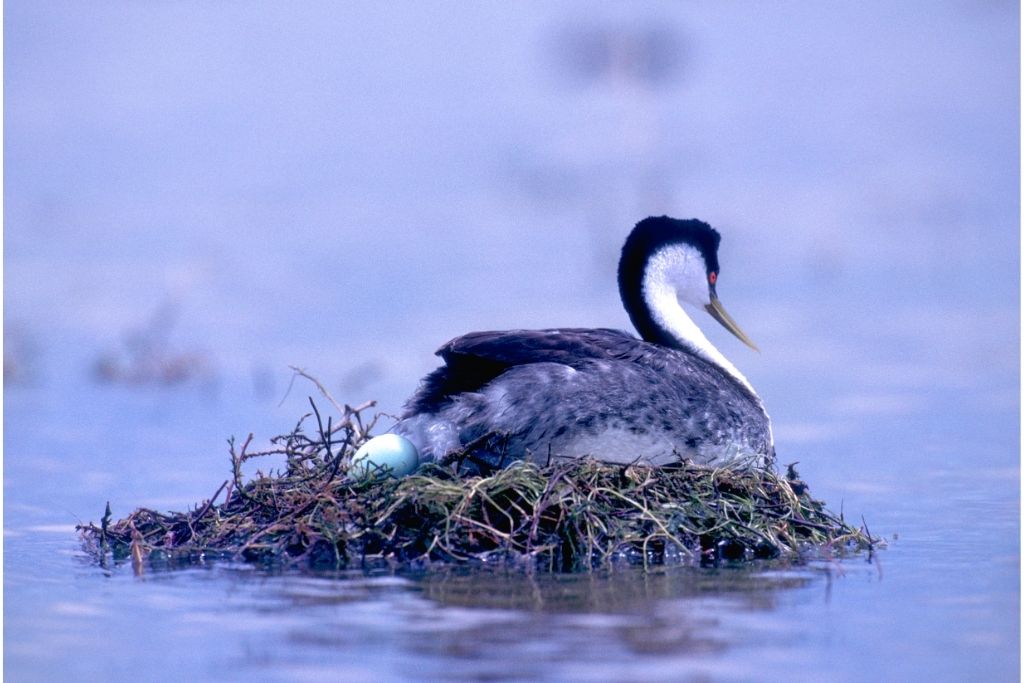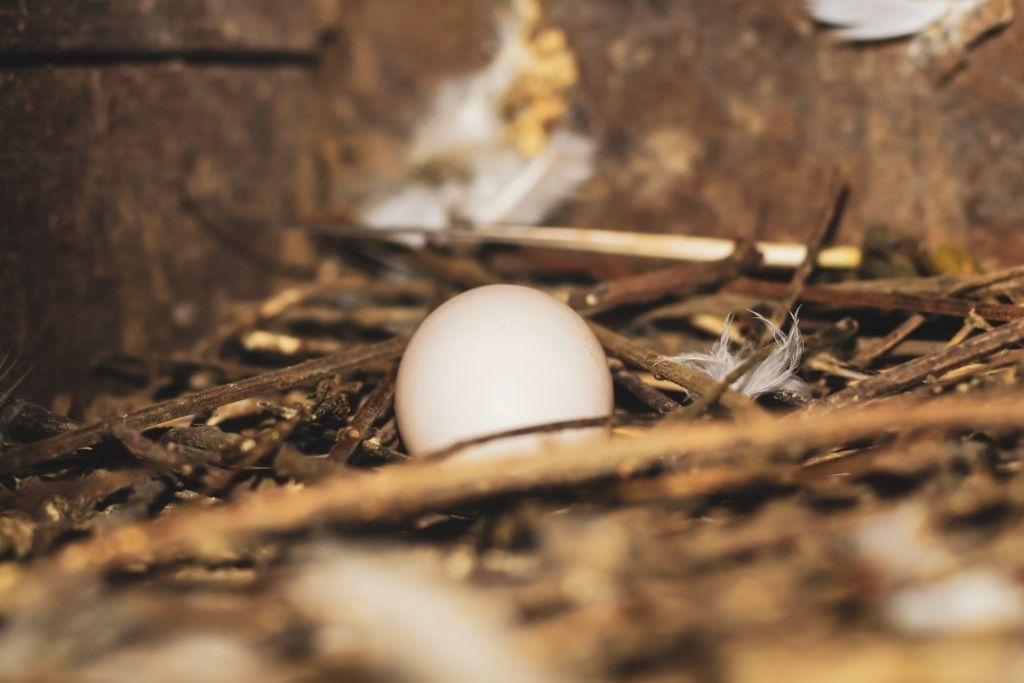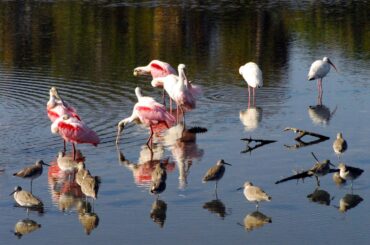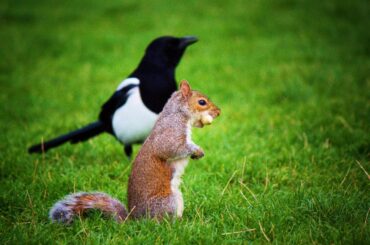Birds lay eggs at different times, but have you ever wondered when exactly? What drives these fascinating creatures to start their reproductive journey? This guide explores avian reproduction to reveal timing and purpose.
Some birds, known as late nesters, defy expectations by starting their breeding seasons later than most other species of birds. While most birds kickstart their reproductive activities in the spring, late-nesters adopt a more patient approach. Late nesting isn’t just about fashionably late; it is crucial in the avian world.
Discover the remarkable adaptations that late-nesting birds have developed over time. From resource optimization to predator avoidance, their unconventional choices are anything but random.
Factors Affecting Egg-Laying Timing

When do birds lay their eggs? This intriguing question hinges on various factors. It depends on the bird species, climate, and available food resources. Some birds prefer the warmth of spring, while others, like late-nesters, opt for a different timeline. Understanding these influences can shed light on the captivating world of avian reproduction.
Environmental Factors
The environment affects how often birds lay eggs. In warm places, birds tend to lay eggs more often because the weather is good for their babies. But in cold areas, they don’t lay eggs as much because they have to wait for a short, mild season.
Another important thing is how long the day is. When days get longer in the spring, many birds start laying eggs. Longer days tell them it’s a good time to have babies because there’s enough time for them to grow before winter.
These natural signals show how birds and their surroundings work together in the special process of laying eggs.
Species Variation
When do birds start laying eggs? Early in spring, some songbirds quickly begin laying eggs when the weather warms. In contrast, birds of prey, such as eagles and hawks, delay their egg-laying until later in the season.
Exploring species-specific differences reveals interesting patterns. Ducks and swans, which are waterfowl, often lay eggs in early spring when there’s lots of water vegetation. On the other hand, seabirds, like puffins, choose a mid-summer schedule, aligning with the abundance of fish available for their chicks.
These variations in egg-laying times showcase the remarkable adaptability of birds to their specific habitats and lifestyles.
Food Availability
Food availability is a big factor in when birds lay eggs. If there isn’t enough food, birds wait to have babies so they can feed them properly.
When there’s plenty of food, birds lay more eggs because they have enough energy and nutrients for themselves and their young. But when food is scarce, birds wait to have eggs until food is more abundant, giving their babies a better chance to survive.
This shows how birds can adapt to changing situations by adjusting when they have babies based on how much food is around.
Nesting Behavior

As birds prepare for egg-laying, their nesting behavior undergoes fascinating transformations. First, they meticulously scout for the ideal nesting location. Some birds are cavity nesters, like woodpeckers, seeking out tree holes or even abandoned buildings to build their nests. Others, like songbirds, craft intricate cup-shaped nests within the branches of trees or shrubs.
Nest construction is a laborious but essential task. Birds gather materials, such as twigs, grass, leaves, and feathers, carefully weaving them into a secure and cozy nest.
Before the eggs arrive, courtship rituals and pair bonding are every day in the avian world. Birds engage in elaborate displays to attract a mate. These displays involve melodious songs, dazzling plumage displays, and synchronized dances. Once a bond is formed, the pair collaborates to build a nest and raise their young.
Observing these nesting behaviors offers a glimpse into the intricate lives of birds as they prepare for the arrival of their precious eggs.
Seasonal Variations
Seasonal egg-laying shows how adaptable birds are to changing environments. Different seasons offer advantages, and birds make the better choice that helps them thrive.
- Spring: In spring, many birds lay eggs because it gets warmer, and there’s more food. The lush plants and longer days are perfect for raising baby birds.
- Summer: While spring is popular, some birds prefer summer. Birds like swallows and warblers enjoy the warm weather and lots of bugs to feed their chicks.
- Fall: Surprisingly, some birds lay eggs in late summer or early fall. Turkeys and quail, for example, do this because there are plenty of seeds and berries to eat.
- Winter: Even in winter, a few birds, like owls and eagles, lay eggs. They do this because there’s more prey to catch, and there’s less competition for food.
Advantages of Seasonal Egg-Laying
Seasonal egg-laying represents a strategic choice made by birds to enhance the survival prospects of their offspring. Their seasonal reproduction improves breeding and fledgling survival, maximizing nature’s benefits.
- Resource Abundance: Seasonal egg-laying allows birds to time the birth of their young with periods of abundant food. Spring brings many insects and plants, feeding adult birds and their chicks. This synchronization increases the chances of survival for the offspring.
- Weather Advantage: Birds can take advantage of milder weather by laying eggs in favorable seasons. This reduces the risk of extreme cold or heat that could threaten the survival of their young. Spring and summer are ideal for hatchlings because of mild temperatures.
- Reduced Competition: Seasonal egg-laying can help birds avoid competition for limited resources. They compete less with other species when they reproduce during peak food availability. This competitive edge can lead to healthier chicks and a higher likelihood of successful breeding.
- Predator Avoidance: Certain seasons offer natural advantages in terms of predator avoidance. Birds that lay eggs in winter may meet fewer predators due to reduced danger activity. This can create a safer environment for raising young birds.
- Parental Care: When birds lay eggs at specific times of the year, it helps parents take better care of their babies. They know what the weather and food will be like when their chicks are born. They can nest in sheltered places and feed their young when food is abundant.
Conservation Implications

Understanding how birds lay eggs is crucial for saving them. It helps scientists and conservationists figure out what birds need to survive and make plans to protect them. To do this, we must keep their homes and food safe.
Conservationists need to protect where birds build their nests, keep different plants and animals around, and prevent places from being destroyed. All of these things are vital for birds to have babies successfully.
But there are big problems, like climate change, pollution, and losing places where birds live. These problems can hurt bird reproduction now and in the future. Understanding bird egg-laying helps us save entire bird species from danger.
Final Thoughts
Understanding how birds lay eggs is not just interesting; it’s essential for protecting these incredible creatures. Many things, like weather and food, affect when and how often birds lay eggs.
By learning about these differences, we can appreciate how birds adapt to their surroundings. This helps us see the beauty and complexity of nature.
FAQs
What Month Do Birds Lay Eggs?
Depending on the species and environmental factors, birds typically lay eggs during various months. Many start in spring, while others choose seasons based on their unique adaptations and needs.
How Often Do Birds Lay Eggs?
The frequency of egg-laying in birds varies widely among species. Some lay eggs once a year, while others may have multiple broods in a single breeding season. It depends on factors like habitat, food availability, and reproductive strategies.





